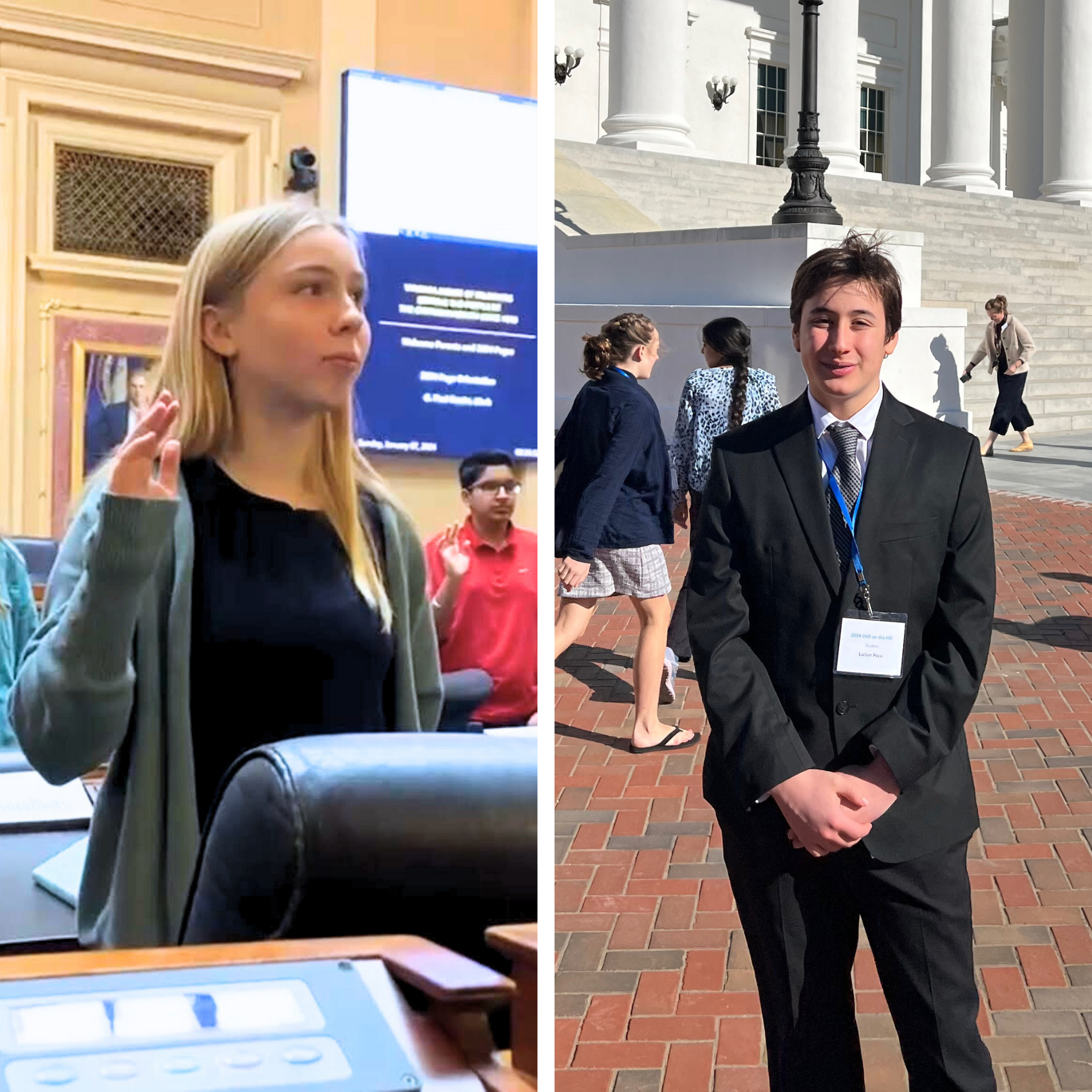
Complexity and Error: Social Studies
Rewarding risk-taking: Mr. Coffey’s 8th-grade “civinomix” studies
At Sabot, we regularly ask students to take on challenging, “deep-dive” explorations of specific questions, topics, or issues, as a way to approach true understanding rather than simple content knowledge. In my 8th grade “civinomix” (that’s “civics” and “economics”), students complete a research paper on micro-economics in which each student is asked to choose a famous but declining company and trace its rise and fall — with an emphasis on considering what options or strategies might enable that company to survive today.
This is a new task for 8th graders, one that asks them to combine and utilize three different analytical writing skills they have been trying to flex: telling a coherent, accurately researched story; having a take or interpretation; and utilizing statistics by properly situating them in context.
It’s a tall order, and as they are fledgling economics students, the more they try to include — properly! — the more opportunity they have to make mistakes. I often joke with them, “Mr. Coffey is never satisfied.” Every time you strive to do something new or better or more complicated, there’s always something new to correct or refine or understand better.

This was the case with a student who chose to write on Barnes & Noble. She talked about the rise of B&N, the development of the company’s dominant superstores, the development of the Nook (remember that‽), and B&N’s struggles to keep up with and adapt to the subsequent rise of Amazon.com. She also referenced B&N’s then-current efforts to revise the emphasis of existing stores. She embraced the totality of the assignment and tried to include references to previous competing chains like B. Dalton as well as to the world of the Nook. She tried to account for swings in B&N’s stock price, not just its market share.
This was a heady, ambitious effort, embracing a host of new terminology, vocabulary, and concepts, including some virgin analytical points. And she got most of them right! But in trying to do that many things, her five-page assignment expanded to a nine-page paper –which left four more pages where errors of understanding or precision could creep in. And they did.
Yet, overall I applauded her reach and her work. It was ambitious and nearly masterful. Did her errors reduce her ‘grade’ to an A-? In this case, No. She had increased the degree of difficulty and embraced the layers of complexity that full-fledged execution of the task demanded. And pretty much mostly nailed it. The big-picture recognition of this kind of effort is rewarding the reach, not belaboring the errors: “Great job!”
When a student takes an ambitious plunge like this, we should acknowledge and reward the student for the new challenges they are willing to embrace and all the things they do right — and expect there to be a corresponding increase in errors, technical or conceptual, that aren’t always or normally there in their ‘regular’ work.
The post Complexity and Error: Social Studies appeared first on Sabot at Stony Point.



Progressive education for children in preschool through eighth grade.
3400 Stony Point Road
Richmond, Virginia 23235
p (804) 272-1341
f (804) 560-9255













